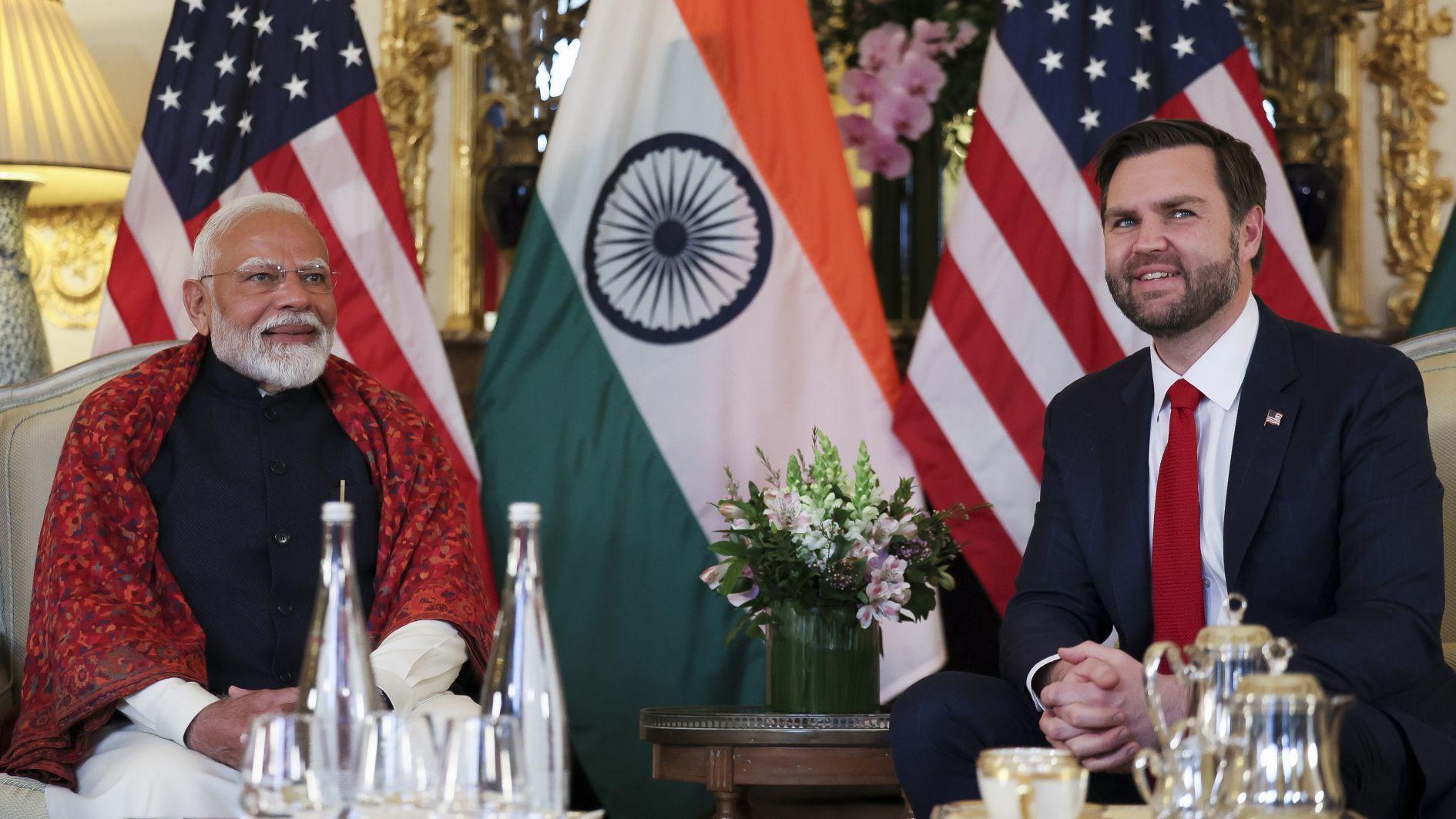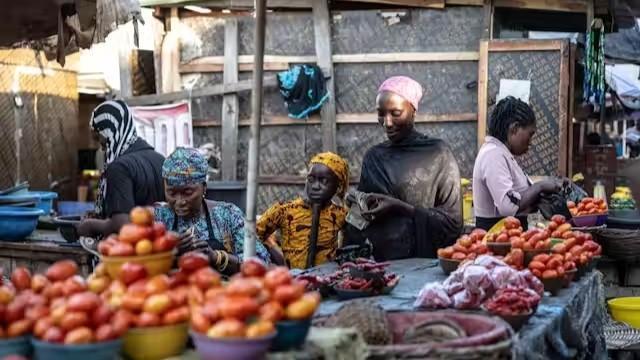The complete Janissary
Niki Gamm ISTANBUL - Hürriyet Daily News

Typical clothing for a Janissary consisted of the baggy trousers (şalvar) over underwear and a cotton or linen shirt that fell to just above the knees.
Up until the fall of the Ottomans, the infantry of the Ottoman Empire know as the Janissary corps was the most disciplined, dedicated fighting machine that the world had seen. Actually, no one really knows exactly when the corps was established although it is attributed to Sultan Orhan I’s brother Alaeddin sometime during the former’s reign of 1326 to 1359. The reason behind the founding of the Janissaries was the Ottoman sultan’s need for a proper standing army as he conquered more and more of Anatolia and moved into Thrace.As to the composition of the Janissaries, it was decided that these soldiers would be recruited from orthodox Christians and in the process they were made slaves and compelled to convert to Islam and be circumcised. This was actually against Islamic law but it doesn’t seem to have troubled the Ottoman Turks since they saw the necessity for a disciplined force loyal to the sultan. The sultans who were entitled to one fifth of any treasure acquired during a raid likely got the idea when they started raiding in Europe in the third quarter of the 14th century and found they had a large number of slaves on their hands.
The idea was to select young boys between the ages of 7 and 14 who were physically attractive and intelligent under a program known as the devşirme. These boys would then go through a tough training course during which they would be assessed for their abilities and aptitudes. At the end of the training, the boys would be divided. The most attractive and intelligent would be assigned to one of the palace schools for special training in Bursa and Edirne at the beginning and then at Galata and Istanbul following the conquest of Constantinople in the latter half of 1453.
The boys who did not make the cut would be sent to learn Turkish while serving in the households of the sipahis (Ottoman cavalrymen) in the provinces. Some sources characterize these sipahis as farmers, but they were more than that and were required to join the army with their own horses and arms whenever a campaign was announced. These boys would eventually be brought back to Istanbul where they would again be selected for other duties. That is, they would be placed in one of the various divisions of the palace such as the hearth of the gardeners or the woodcutters. These divisions had their own barracks and their own duties aside from the ones their names implied. The brightest of the boys were educated in Topkapı Palace itself. They were assigned to barracks, each one of which belonged to a different division of the Janissaries. Courses included Turkish, Arabic, Persian and the Quran as well as history, geography, geometry, astronomy inheritance law and calligraphy. Sports were also emphasized and even music for students who showed talent in this area. Each would be promoted when he displayed his mastery of a subject. In the end some would be assigned to wait on the sultan himself. Others would be given responsible positions in the government and even the army.
Life in the barracks was strictly regimented. Of particular importance, although perhaps one should say of peculiar importance among the Janissaries, was food and the cauldron in which the meat and rice they normally ate was cooked. The division to which each Janissary belonged was called a hearth (ocak). Some of the officers bore titles related to food such as chief cook (aşçı başı) or soup maker (çorbacı). As a symbol of his rank, the soup maker carried a large ladle like instrument for dishing soup or stew out of huge metal pots. Typical clothing for a Janissary consisted of the baggy trousers (şalvar) over underwear and a cotton or linen shirt that fell to just above the knees. A sash wound over the shirt and pants served as a kind of pocket for everything from a money pouch to a dagger. Over this was a long-sleeved overcoat that was tied at the waist. In fact it is the Janissary’s head gear that identified him more than anything else. It was made of a tubular white felt and covered his head before running down his back to below his belt. The story goes that a mystic saint, HacıBektaş blessed the corps when it was first formed by placing his white sleeve on
the head of one of the Janissaries. As a result, Hacı Bektaş was adopted as the patron saint of the Janissaries.
The mystic actually lived about 100 years prior to the establishment of the Janissaries so the legend is untrue, but is used to explain why the corps was attached to him. H.A.R. Gibb and Harold Bowen in their outstanding work on Islamic society wrote, “The Janissaries, as long as they remained a slave corps, were almost to a man of Christian origin. It is not surprising, therefore, to find that Bektasism has several features of a quasi-Christian character, such as the belief in a Trinity – Allah, Muhammad and Ali – and a belief in the efficacy of confession and absolution. It was a tenet… that all religions are equally valid; so that the adoption of such beliefs and practices did not involve any compromise of its original character.”
For the first 200 years of their existence, the Janissaries were responsible for the great expansion of the Ottoman Empire north into the Balkans, east to the Persian Empire and south to Yemen. The many privileges they enjoyed attracted the envy of others and the practice of enslaving Christian boys came to an end when Turks were allowed to enter the corps, marriages were approved and children could inherit a position among them.
The end to the Janissaries finally came in 1826.
















